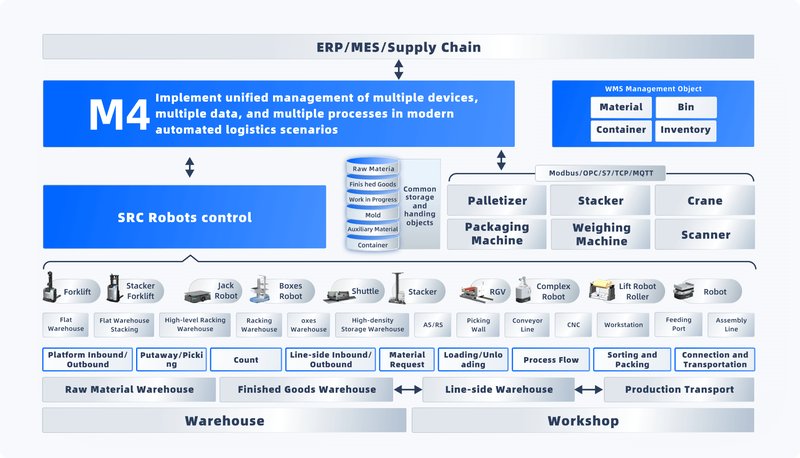Intro: The 9:07 a.m. Shuffle on the Dock
You roll into the warehouse floor and the first inbound hits early. Pallets stack up while the outbound truck waits (doors still open, coffee in hand). Your logistics management system says the day looks fine. But the aisles tell a different story. Last quarter, 8% of orders missed their SLA, and picker travel time rose by a third. Meanwhile, the new AMR fleet idles because a handheld scanner lost the Wi-Fi handshake. So what actually slows the flow—bad data, brittle rules, or a gap between WMS and real life? And how do you tell the difference before it costs you another overtime shift? Let’s unpack what’s really happening and why “best” in the brochure isn’t always best on your floor.

Where “Best” Trips: Traditional Fixes That Break Under Load
What keeps “best” from being better?
We toss around terms like the best warehouse management system. But the strain shows when rules hit reality. Classic WMS stacks rely on fixed wave planning, nightly batch jobs, and static slotting. On paper, it’s clean. On a Tuesday with rush orders, not so much. You get latency between WMS and WCS, and API calls queue up during peak picks. Hand-offs to AGVs stall because PLC signals and device drivers aren’t synced to the same latency budget. RFID reads fail near metal racks. Edge computing nodes are missing at choke points, so every scan rides the WAN. That’s why a small glitch becomes a 40-minute delay—funny how that works, right?

Look, it’s simpler than you think. Traditional fixes assume steady demand. But demand is spiky. Static slotting can’t adapt. Wave batches create traffic jams by design. Power converters on charging bays throttle AMR uptime mid-shift, and the WMS doesn’t see it. Cycle counting collides with cross-docking windows, so dock doors jam. The result is a feedback loop: more overrides, more emails, more tribal workarounds. In short, the “best” playbook runs into hidden constraints—device jitter, throughput ceilings, and brittle pick-to-light steps—that no dashboard warns you about. Until you’re late. Again.
From Static Rules to Living Systems: A Forward Look
What’s Next
Now compare old-school wave logic with new technology principles. The difference is flow. Instead of heavy batches, go event-driven. Let the best warehouse management system act like a streaming brain. Orders, dock arrivals, and AMR battery states emit signals. Edge computing nodes near conveyors pre-validate scans, so only exceptions hit the cloud. That cuts round-trip lag. A small digital twin watches slotting heatmaps in real time. It nudges moves before congestion forms. The WMS and WCS share a common queue with backpressure control, so robots don’t pile up at a narrow aisle. Simple principle, big payoff—less dwell, fewer overrides, more trust.
Semi-formal take, same truth. If yesterday was batch plans and hope, tomorrow is telemetry and intent. EDI isn’t a nightly ritual; it’s a live feed. AMRs and forklifts broadcast telemetry, and the system reshapes picks without a meeting. Slotting uses demand signals, not last month’s averages. The warehouse talks in milliseconds, not hours. That’s how cold chain custody logs stay clean and TMS dock scheduling aligns with real cycle time. And human workflows? They calm down—go figure. The net: fewer hot fixes, steadier lead times, and less churn when SKUs swing.
Choosing with a clear head helps. Three metrics keep you honest: 1) lead time variance under peak load, not just average speed; 2) integration latency across WMS, WCS, PLCs, and devices measured in milliseconds; 3) picks per labor hour during unplanned events, like rush drops or carrier slips. Track those, and you’ll spot real capability versus clever demos. Keep the California chill, but stay exact about flow and latency. That’s how a “best” label becomes a daily reality, not a slide. SEER Robotics
